Palermo in Buenos Aires
This morning we invite you to go with us for morning coffee at one of our favorite coffee shops, just to give you another glimpse of a very different part of this huge city. Buenos Aires is, of course, the capitol of Argentina. It is the second largest metropolitan area in South America, second to São Paulo, Brazil, and one of the 20 largest cities in the world. Residents of Buenos Aires are referred to as porteños because they are the people of the Buenos Aires port.
We already took you with us to the feria in San Telmo, the original old city, and gave you the history of that wonderful, old neighborhood. Today we visit Palermo, another bario, or neighborhood, within Buenos Aires—more upscale though not necessarily better or more interesting. Palermo alone has over 200,000 residents.
Buenos Aires is a classy lady for sure. She has some age on her but for the most part she wears it well. She is going through some difficult financial times, but class is difficult to hide and she definitely has class as you will see. We are in the downtown area of Palermo today and there are still streets here that were made of brick.
This reporter is a country girl at heart, but there is something about Buenos Aires, once you’ve been here a while, that gets hold of you and hangs on. Everybody loves Buenos Aires. It isn’t easy to explain but almost everyone who comes to the city feels the same. The city is interesting and so is the culture. Here in Buenos Aires they are having another of their many holidays. Holidays are frequent and legislated, so business owners with employees have no choice. But come Tuesday, no doubt, some employees will gather in the street in front of some company, on strike, beating on pots with spoons, demanding more wages.
Demonstrations in Buenos Aires are common. But they did have a HUGE, justified demonstration a few weeks ago. I was absolutely proud of them. Whatever else a person might say about Argentines, apathy does not describe them. Millions of people were in the streets. But that was over the debt and financial stresses that the country has and . . same type of problems as in the United States only no one is doing big demonstrations there yet. People here are feeling some serious economic pain.
Unlike the native Argentines, we get an early start. Not much happens here until around ten o’clock–except at our house. Because we are early, there is little activity here on the street. Hang around until 9:30 or 10:00 and things will pick up considerably. They start late here, but they eat supper around 10:00 p.m. Restaurants are still going strong at midnight. We have never attempted to adjust to the Argentina schedule.
Here is a typical Argentina breakfast. They can hardly believe our penchant for eggs, bacon or ham, cereal, and coffee for breakfast. The Argentina breakfast is bread (either toast or sweet bread similar to the U.S. doughnut, coffee, and often orange juice and water con gas (carbonated).
More of what is called the Alto Palermo neighborhood. Beautiful, don’t you think?
If you want to do a little shopping, after we finish our coffee, we can stop in at Alto Palermo, one of the most upscale shopping malls in Buenos Aires. There were a lot of name brand stores here only months ago but most have closed. They are not able to import the product because of the scarcity of U.S. dollars. Remember we told you earlier that the dollar is the world reserve currency. Normally any international trade is conducted in dollars. That has been a super advantage to the United States. We think that the government here in Argentina is hoarding dollars to pay the debt to the IMF.
Hmmm . . . Alto Palermo! Looks interesting. Let’s go inside.
Lots of shoppers today! Wow, it’s about four stories high and all lit up–beautiful! We were going to show you the food court but a guard came and told us taking pictures was not allowed. We asked why and he said you just can’t. I think he didn’t know why. He was very sweet, even patted me on the shoulder and asked for my agreement. I said okay. I think that they just have their orders. But no matter, I had already taken a bunch before they caught up to me! We’ll just have to skip the food court.
You will remember that we try to patronize the small family businesses in our community as much as possible. We want to invest in our community and not a foreign corporation. If you lived in our neighborhood, and did the same, you could buy light bulbs and electrical fixtures here. We do have some large chain stores here but we buy locally where possible. We sometimes pay a little more. We know the family that runs this small store. The wife is from Uruguay, which she prefers, but the husband is a Buenos Aires native and prefers Buenos Aires.
And here’s the local florist. If they don’t have it, they will get it for you.
Here is one of my favorite vendors. She is from northern Peru. She and her husband are start-up entrepreneurs who came here in the summer and set up their little table. She is a little short of product today. Usually she has bananas, blueberries and cherries. Two weeks ago it was bananas, blueberries and strawberries. We buy whatever they have available. Sometimes it is her husband who is the “storekeeper.”
We order the bulk of our food from a local organic farm that delivers to our door. But usually it is necessary to fill in from the local venders. For example, right now we cannot get organic oranges and grapefruits. When that happens, this is one of the places we go to fill in the gaps.
In case you wonder, he is not standing there gazing into space. He has a TV on the wall and today there is a game of Futbol. They take their Futbol seriously!
Some of you have asked for some idea of the cost of living here. Since we buy from a different vendor, and organics always cost more, we can’t give you an accurate estimate for a week’s supply of food, but we collected some prices to give you an idea. Although these items are sold here in pesos, we have adjusted everything to show the U. S. dollar equivalent.
Butter $1.75 pound
Bread $3.00 loaf white
Flour $2.50 5 pounds
Potatoes $.35 pound
Carrots .50 pound
Chicken $10.00 for a chicken
Sugar $1.50 pound
Bananas .60 pound
Apples $.50 pound
Oranges $.33 pound
Avocados $1.00 each
Peaches $.45 pound
Strawberries $.60 pound
Eggs $1.50 dozen
Oil (sunflower/corn) 1.70 liter
Of course it varies by season and by store but this will give you an idea the price range. Since I buy organic, basic food per person per week amounts to about $60 U.S. That includes fruits, vegetables, organic coffee, olive oil, occasionally eggs. We do not buy meat and it is always necessary to shop for a few extras. Avocado is one of those things I buy regularly, non organic, and they are $1.00 per avocado now. Not cheap! Our rent here for one bedroom, furnished, is $500 U.S., building expenses (condo fees) are $145.00 a month and rising. Condo fees include heat, which means that in the winter they turn on the radiators for two hours in the morning and two hours at night. The tenant must provide any further heat. For me that is enough. Gas for the stove is 28 pesos, about $5.00, internet and telephone is $40 per month. Buenos Aires is more expensive than more rural areas. For example, I like watermelon in the spring. I can buy it here if I want, but a small watermelon amounts to $10.00 U.S so I don’t buy it. In Viedma, Argentina, the same watermelon would be 50 cents. So it makes a big difference even where you settle. A friend who lives in Villa la Angostura, a gorgeous tourist area in the Andes, rents a three bedroom house on a lake and pays the same rent as I do here in Buenos Aires.
Well, shopping done we’ll go on our way. It’s wonderful to see you all again! Have a great week and we’ll see you next time. Hasta luego mis amigos!
Arlean
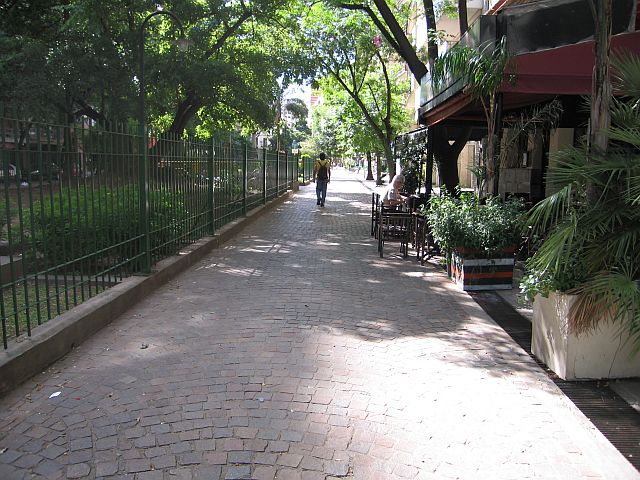
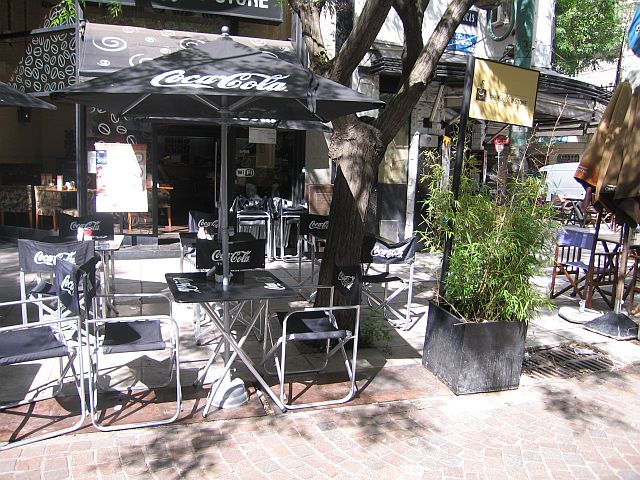
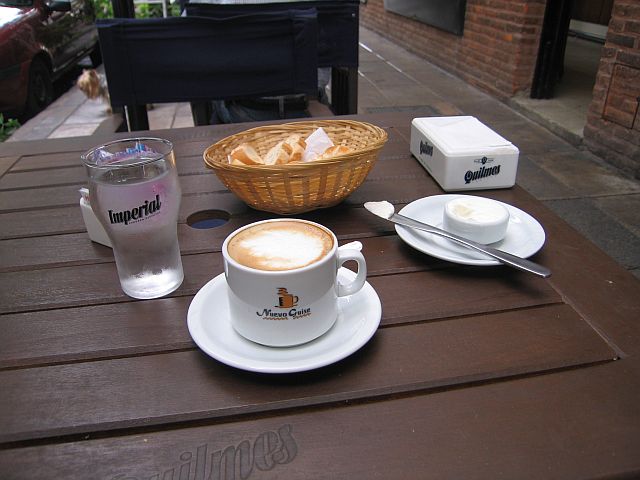
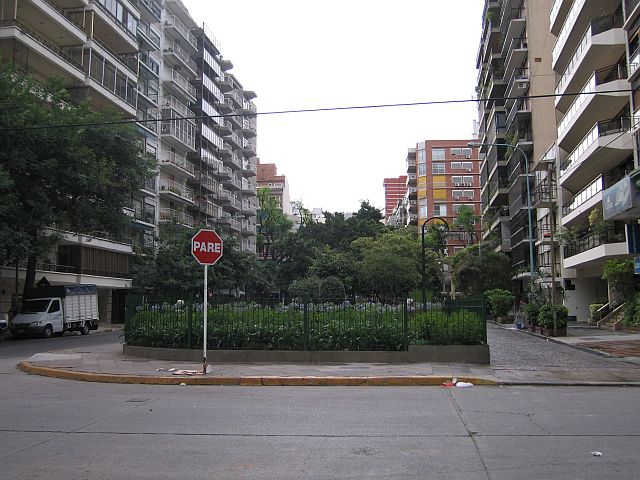
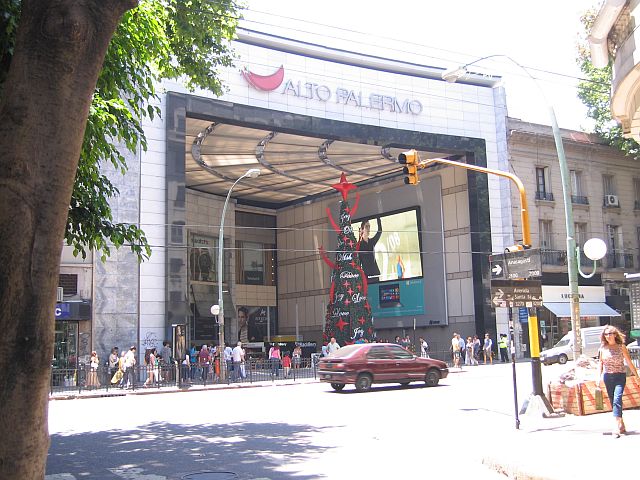
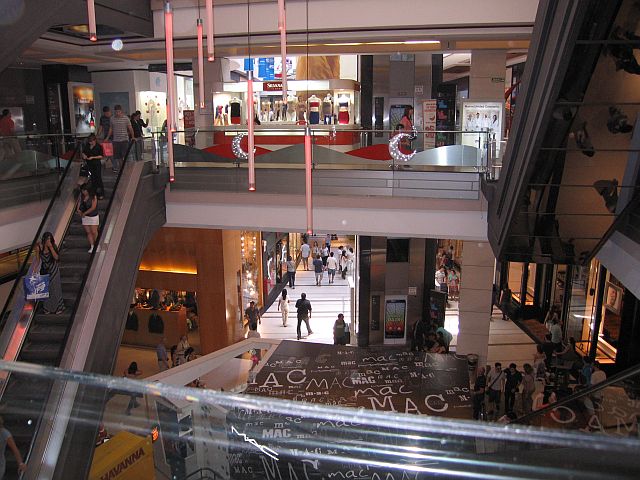
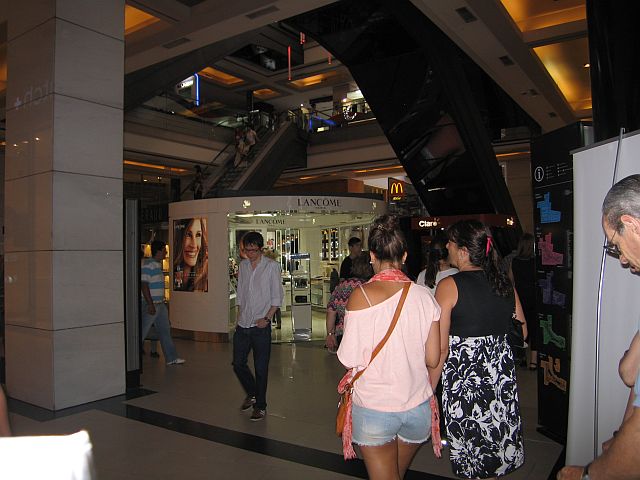
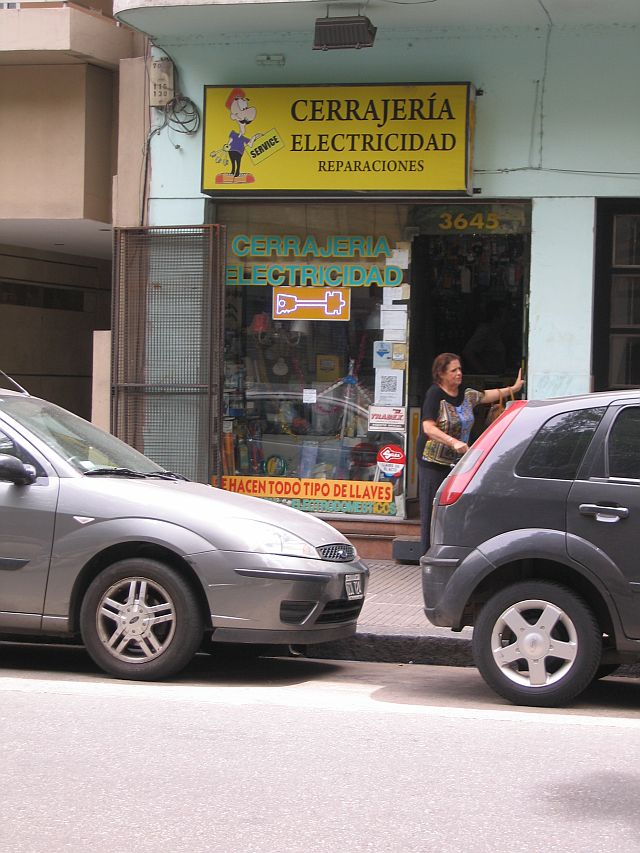
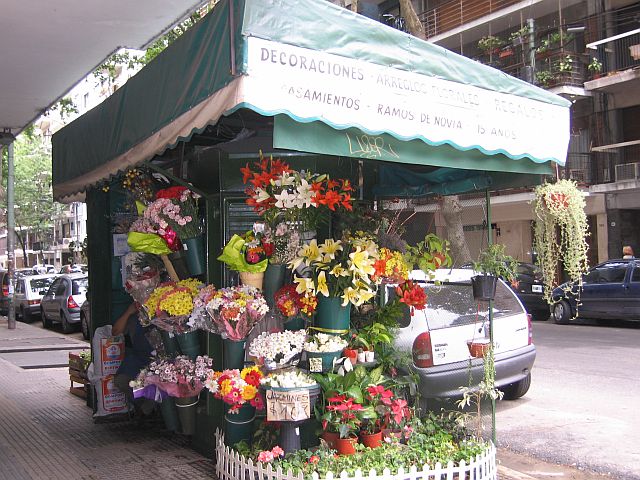
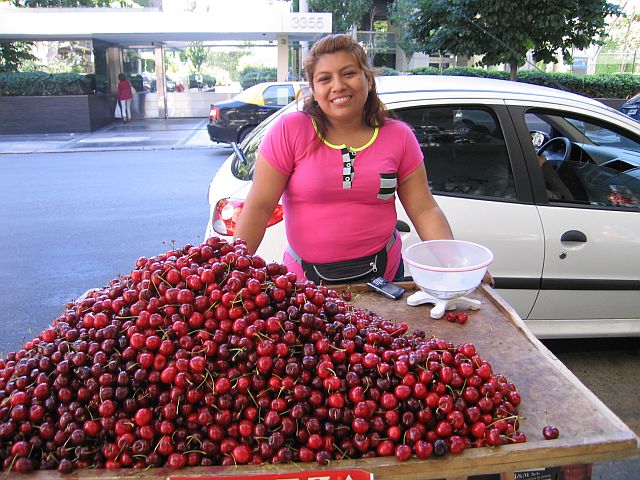
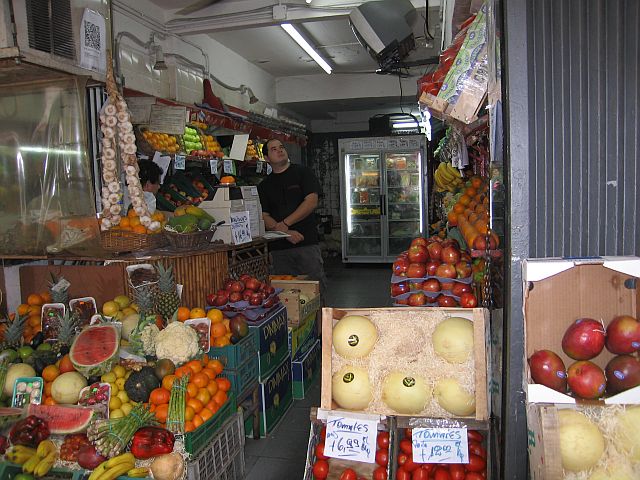

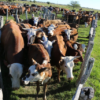

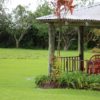
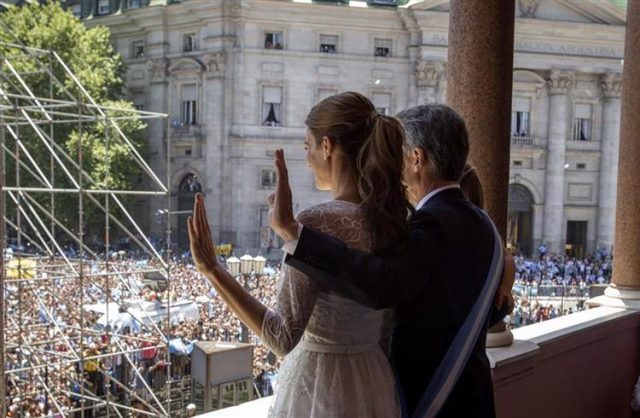
Another lovely post! You make Argentina look and sound very attractive. I have an ancestor who lived for thirty years in Patagonia in the early part of the 1900’s. There may be some distant cousins there for me to find one day.
I have a question: I have a colleague in UY who will be introducing me to some of his friends and family during my visit in February. I would like to give some gifts that would be well received, but I have no idea what would be clever to bring from the States. Do you have any suggestions? What would make you glad? Thanks!
Andy
I’m sorry Andy, I really don’t. Maybe someone else here will have an idea. Or try posting at http://www.totaluruguay.com. Someone there might have an idea.